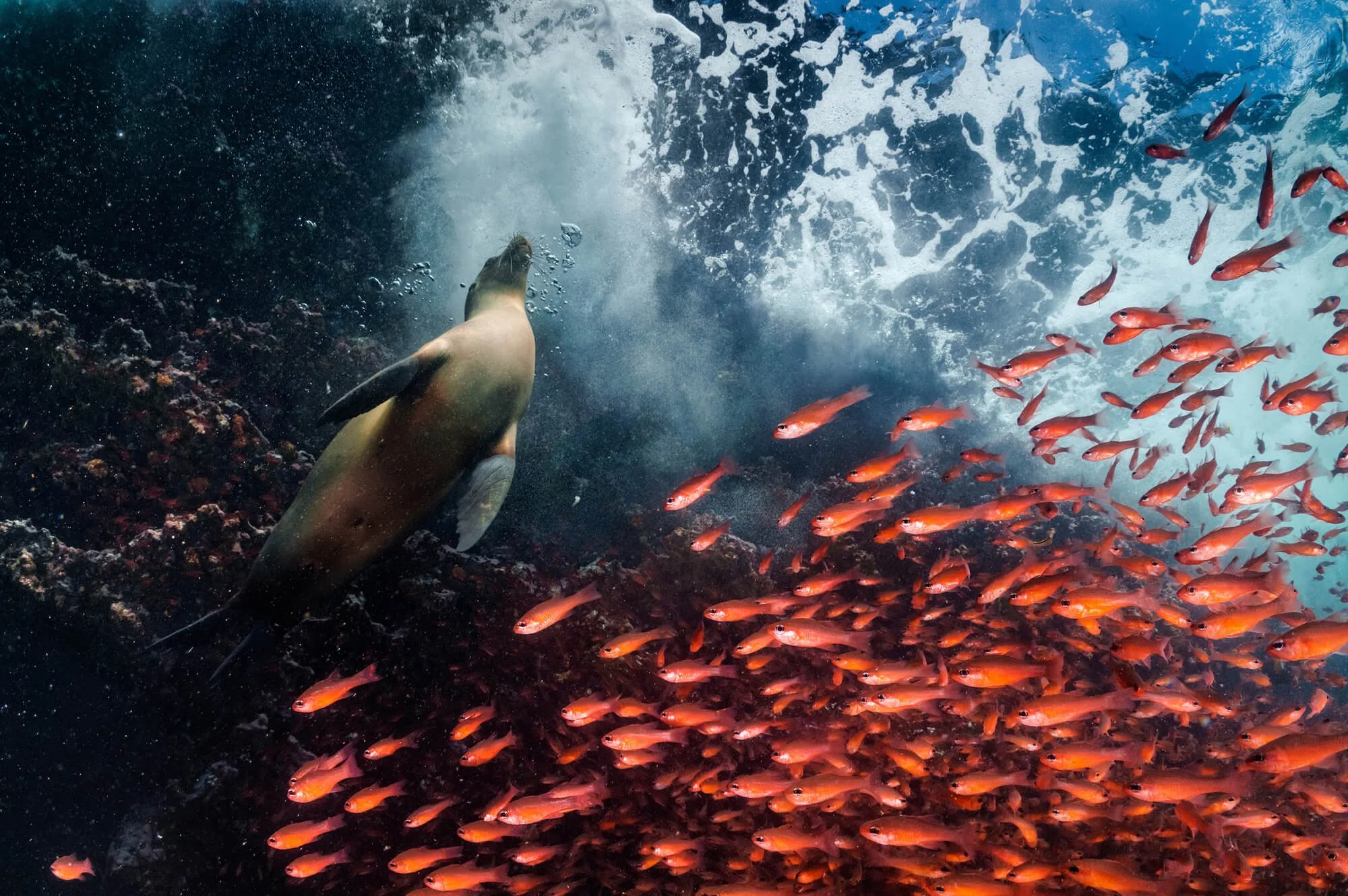The ocean's most productive long-term relationship
Lessons in symbiosis from zooxanthellae
PHOTO BY ALEX JANICH
With every passing month, researchers are discovering more and more about the crazy ecosystem that is the human body. We now know that more than half the cells inside us aren’t human, and that the colonies of microorganisms that we coexist with play a vital role in keeping us healthy. In the vast oceans, where life began, such symbiotic relationships have existed since long before people – and have even helped shape our planet.
PHOTO BY NOAA
One of the most incredible ocean interactions is the partnership between marine creatures and zooxanthellae – a subspecies of algae. Living inside corals, jellyfish, anemones, nudibranchs, flatworms and giant clams, these microscopic lifeforms use the sun’s energy to produce nutrients and oxygen for their hosts. In return, they get a protected home, access to sunshine, carbon dioxide, useful waste products and other perks.
Photo by Planet Labs
Working together, corals and zooxanthellae have created some of the most incredible structures on the planet: the massive reefs off Australia and Belize, the string of atolls that forms the Maldives and the remote, sparking white islands of the South Pacific. Created by tiny creatures but visible from space, these ocean wonders stand as a testament to the power of collaboration. With zooxanthellae providing up to 90% of their energy needs, coral polyps slowly precipitate calcium carbonate skeletons – making reefs part animal, part plant and part mineral.
Rises in ocean temperature and other stressors can lead coral to expel their zooxanthellae, creating bleached coral.
Zooxanthellae and coral have existed in symbiosis for at least 160 million years – a partnership that has survived several mass extinctions, including the one that killed the dinosaurs and 80% of all other species in existence at the time. Their resilience is now being tested by human impacts on the atmosphere and the oceans. Agricultural run-off, toxic chemicals, dynamite fishing and sunscreen all threaten the fragile balance, but climate change poses the biggest risk to reefs.
Pillar coral is listed as threatened under the Endangered Species Act. Photo by NOAA
When stressed by changes in temperature and other factors, corals expel the golden-brown zooxanthellae from their bodies, leaving only pure white calcium carbonate behind. This process of coral bleaching is urgently being studied by marine biologists, with events like the 2016/2017 mass die-off of Australia’s Great Barrier Reef demonstrating the potential devastation that rising ocean temperatures could bring. How corals get their zooxanthellae back, which species recolonize reefs, whether different zooxanthellae can replace others and how flexible these arrangements are remain vital questions.


















